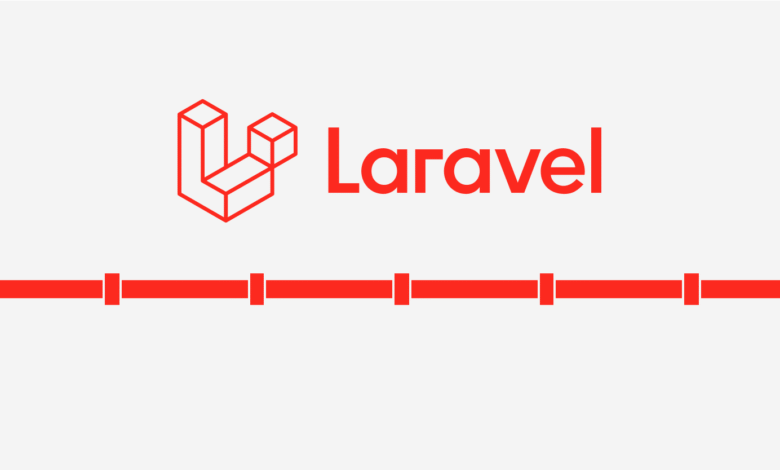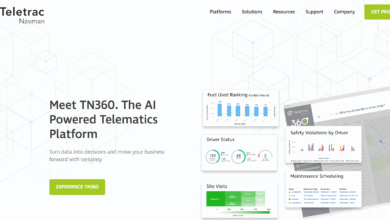Mastering Laravel Pipelines: Building Cleaner and More Maintainable Applications

Laravel, the robust PHP framework, is a favourite amongst developers for creating elegant and efficient web applications. One of its many features, Laravel Pipelines, offers an intuitive way to handle complex tasks using a series of stages or “pipes.” This feature is particularly useful for applications requiring a series of processes that input data may need to pass through before reaching its final form. Exploring the ins and outs of Laravel Pipelines can significantly benefit code organization and readability. Below, we will delve into how to leverage this powerful feature to build cleaner and more maintainable applications.
Understanding Laravel Pipelines and Their Importance in Application Architecture
Laravel Pipelines provide a structured way to process data through multiple stages, each handling a single responsibility. This pattern simplifies debugging, improves readability, and keeps code loosely coupled, making it easier to extend and maintain. Much like the Unix pipeline system, it offers a fluent, chainable style that cleanly organizes complex logic.
Beyond handling requests and business operations, pipelines encourage reusability by creating modular components that can be applied across different parts of an application. This aligns with DRY principles and supports clean architecture, much like tools such as Laravel Filament, which emphasize the separation of concerns and maintainable design.
Implementing Laravel Pipelines in Your Projects for Enhanced Code Clarity
Laravel Pipelines allow developers to break down complex processes into manageable stages, or “pipes,” each responsible for a single task. By structuring the logic this way, data flows cleanly from one stage to the next, producing modular and readable code. Laravel’s native Pipeline class makes it simple to chain these stages in a defined order, ensuring each piece of logic remains clear and easy to maintain. This approach reduces complexity while making future feature updates or changes far easier to implement.
Another strength of Pipelines is their flexibility within Laravel’s architecture. They can be injected into controllers, middleware, or service classes without being tied to one layer of the codebase. This isolation ensures changes in one stage don’t disrupt others, minimizing risks when adding, removing, or modifying logic. The result is a scalable and maintainable workflow that keeps application logic organized and adaptable.
Best Practices for Structuring and Refactoring Code Using Laravel Pipelines
When using Laravel Pipelines, each pipe should follow the single responsibility principle—handling one task cleanly. This keeps logic isolated, simplifies debugging, and allows modifications without unintended consequences. Refactoring legacy code into dedicated pipeline classes not only clarifies business logic but also encourages reusability. Stages can be rearranged or applied in multiple contexts, streamlining processes while keeping the codebase lean and efficient.
Maintaining clarity is just as important as structure. Clear documentation, consistent naming, and concise comments ensure pipelines remain accessible to any developer revisiting the code. Developers should avoid overloading pipelines with excessive data or responsibilities, as this reduces transparency and introduces unnecessary complexity. Balanced granularity preserves modularity and efficiency.
Debugging and Testing Strategies for Applications Utilizing Laravel Pipelines
Debugging Laravel Pipelines is far easier when each stage is built with testing in mind. Unit tests should cover individual pipes in isolation, providing quick feedback when something fails without requiring the entire application to run. Integration tests, on the other hand, confirm that all pipes function together as expected, simulating real data flow and ensuring changes to one stage don’t introduce new problems. This dual approach balances precision with full-system reliability.
Structured logging further strengthens debugging by showing the state of data at each step of the pipeline. Detailed logs reveal transformations and operations, making it simpler to track issues in live environments. Developers should also test pipes against both expected and edge-case inputs, creating a systematic safety net that prevents avoidable failures later in development or after deployment.
Real-World Examples of Laravel Pipelines in Action
Laravel Pipelines offer practical solutions across diverse applications by structuring processes into manageable stages. In e-commerce, pipelines streamline the checkout process, running tasks like inventory verification and payment handling in sequence, ensuring clarity and reliability. They also simplify data import workflows by sanitizing, validating, transforming, and saving raw inputs through defined stages, making data handling scalable as sources grow or change.
Pipelines also shine in managing API request lifecycles, where multiple layers of validation and authorization must be enforced before controller logic executes. A strong example is the laravel filament package, which leverages pipelines to handle complex data manipulations seamlessly, highlighting the efficiency and flexibility pipelines bring to real-world development.
Overall, Laravel Pipelines present an elegant solution for simplifying complex business logic and ensuring maintainable and extensible codebases. Embracing this powerful component of the Laravel framework will empower developers to create applications with unparalleled clarity and reliability.




